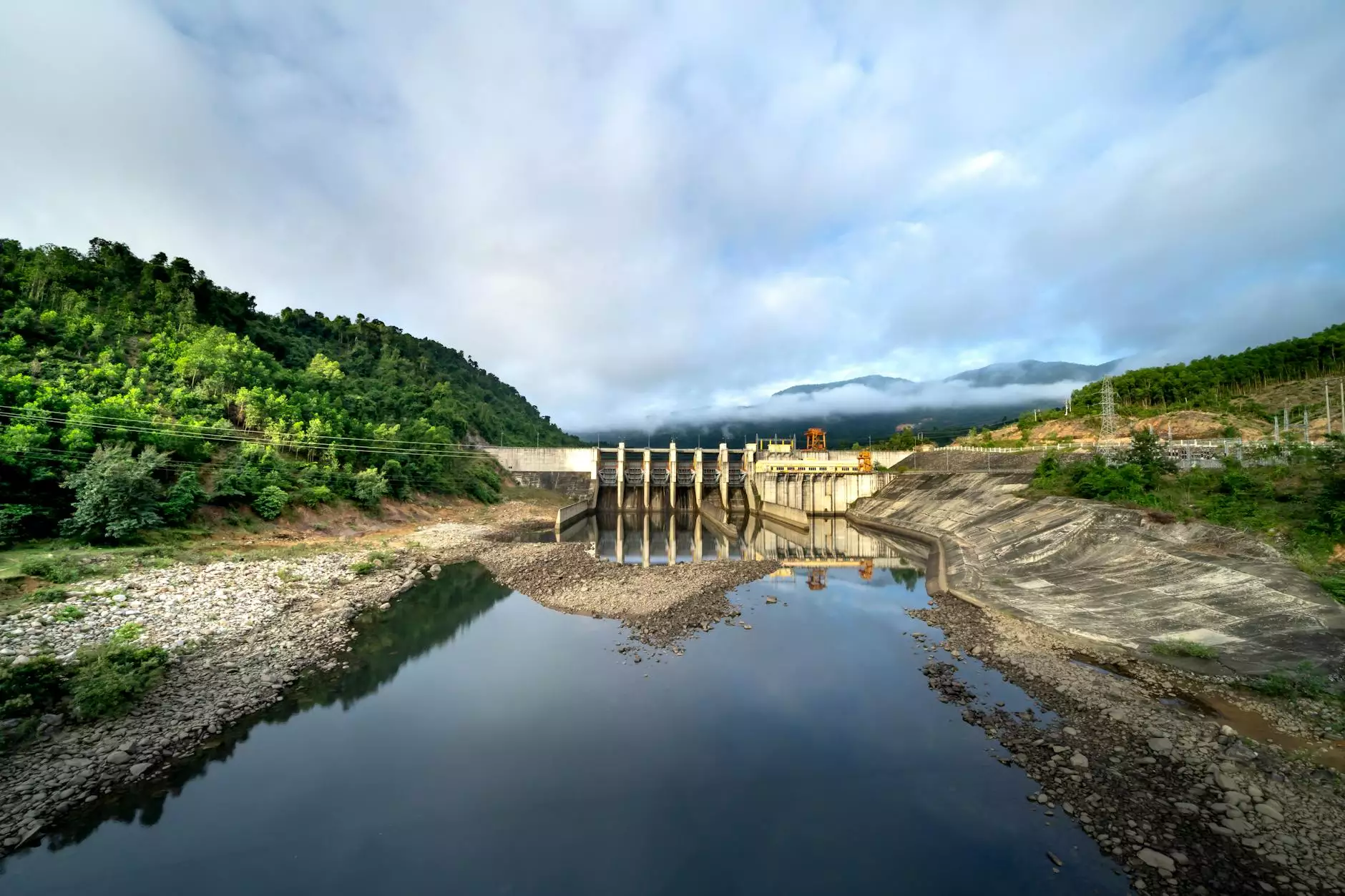Disadvantages of River Restoration

When it comes to river restoration efforts, there is no denying the numerous benefits they can bring to ecosystems and communities. However, it is important to also consider the potential drawbacks and challenges that these projects can introduce. In this article, we will explore the disadvantages of river restoration and shed light on some of the key factors that need to be taken into account.
Ecosystem Disturbance
One of the main concerns associated with river restoration is the potential disturbance to existing ecosystems. While the intention is to enhance the natural habitat, the process of restoration can have unintended negative impacts on wildlife and plant species that depend on the river ecosystem.
The implementation of restoration projects often involves altering the flow patterns, which can disrupt the habitats of certain species. Changes in water flow can affect the migration patterns of fish, impacting their ability to reach vital spawning grounds. Additionally, the disturbance caused by restoration activities may lead to the destruction of nesting sites for birds and other wildlife species.
Loss of Biodiversity
Another disadvantage of river restoration is the potential loss of biodiversity. Restoration efforts may focus on specific areas or species, which could inadvertently lead to neglect in other areas. This selective approach may disrupt the overall balance and diversity of the ecosystem, as certain species may thrive while others struggle.
Furthermore, the introduction of non-native species during the restoration process can pose a threat to native biodiversity. If not properly managed, these invasive species can outcompete native species and disrupt the delicate ecological balance that existed prior to restoration.
Economic Implications
While river restoration projects are predominantly undertaken to improve the ecological health of a river system, it is crucial to consider the economic implications associated with such endeavors. Restoration projects can be costly, requiring significant financial resources, time, and expertise.
The expenses involved in planning, implementation, and ongoing maintenance of restoration projects can place a burden on local governments and communities. This can divert funds that could have been allocated to other important environmental or social initiatives. It is essential to carefully assess the economic viability and long-term sustainability of restoration projects to ensure that resources are allocated effectively.
Conflicts Between Stakeholders
River restoration projects often involve multiple stakeholders, each with their own vested interests and objectives. Conflicts can arise between environmental groups, recreational users, agricultural stakeholders, and local communities. These conflicts may stem from differences in opinions regarding the scope and approach of restoration projects.
For example, recreational users might oppose certain restoration activities if they perceive them as limiting their access to water or recreational activities such as boating or fishing. Similarly, agricultural stakeholders may have concerns over the potential impact on irrigation systems and water availability for their crops.
Conclusion
While river restoration efforts aim to improve river ecosystems and their overall health, it is essential to consider the potential disadvantages associated with such projects. Ecosystem disturbance, loss of biodiversity, economic implications, and conflicts between stakeholders are just some of the factors that need to be taken into consideration.
It is crucial to strike a balance between the benefits and drawbacks of river restoration and engage in comprehensive planning and assessment before undertaking any projects. By carefully considering these disadvantages, we can work towards more sustainable and effective restoration practices that truly benefit both ecosystems and communities.
Explore more about health, medical, nutrition, and weight loss centers at Drip Motion.




